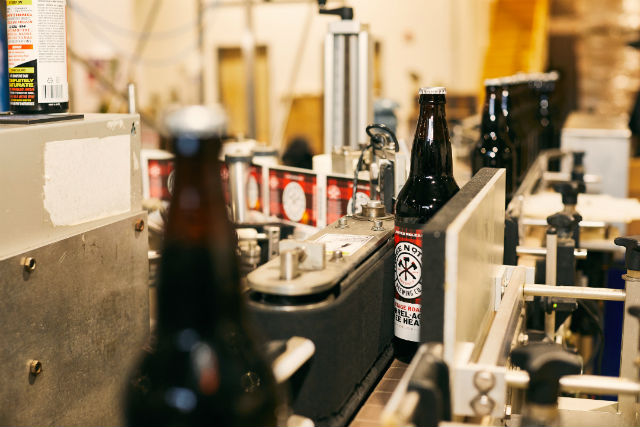
Craft beer consumers have become very diligent in researching products and understanding price to value. That means knowing what your brewery’s prices can be tricky sometimes.
Scott Roth of Three Notch’d said his brewery will inevitably look to build brand equity first when making all pricing decisions versus profit margin.
“Our consumers expect world-class product and from time-to-time using highly sought after ingredients and specialized brewing techniques is expensive,” he noted. “This sort of philosophy drives smaller batch product that will inevitably sell out quickly — in some cases regardless of price.”
He added that items that are in distribution need to be priced more sensitively so that the brewery can build partnerships with both consumers and retail clients. For Three Notch’d that means re-evaluating each package on a six or 12-month basis to decide if it should stay in distribution and should they consider a price adjustment.
“There is no hard and fast rule but as a company we generally do not believe in lowering prices to try to drive depletions,” Roth said. “Additionally, you can consider decades of CPG pricing trends to understand that many times lowering price does not drive volume. We simply feel that we must curate the best product in the world, listen to our consumer and our retailers and then craft a strategy to get our beer in the hands of a drinker as quickly as possible.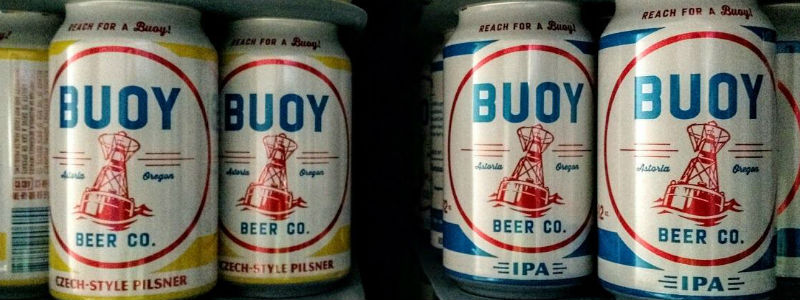
David Kroening of Buoy Beer added that while cutting margins too much may not be the best path, he doesn’t see charging $15 or more for a six-pack of a standard IPA being the right path forward either.
“Of course that might work for some breweries with limited volume and distribution,” he said, “but the average beer drinker — or growing number of spirits consumers — that independent craft beer needs to convert to continue to grow, don’t see the value.
“I’d even say that it hurts independent craft beer to some extent.”
There is definitely a sweet spot for price point on packages.
“Generally speaking, seasonal or rotator beers in a single serve format get a higher price and margin as people are willing to pay a little more for something that’s unique, they haven’t had or will rotate out soon,” Kroening said.
The number one factor Roth said that Three Notch’d uses market research.
“We look regularly at our competitors’ pricing and ultimately we find ourselves following the trends of the craft market that are being set by some of the larger players,” Roth said. “Because we started with our own distribution company we did choose to be slightly under market — by a few dollars per keg or case — in order to give our guys a small competitive advantage.”
As the company and reputation has grown however, they have been able to command higher price points on many items and see equivalent or greater pull through at the retail level.
“Because we are not operating on the fringes of pricing we have found that the customer is not overly sensitive to one to two dollars fluctuations and as such we look at each of our products sales volumes and try to tweak pricing on a semi or annual basis to maximize profitability.”
Three Notch’d runs margins on every package they create.
“We know how much each bottle unit costs with loaded in shipping expenses, raw materials, labels, crowns, you name it,” Roth said. “That said, we also know what range we want to see that product sell for on the shelf based on all the research mentioned above.
“In many cases we have worked backwards from that and used the resulting price to wholesaler to determine our margin and then force our production team to work tirelessly with our trusted suppliers to help us drive costs to achieve our budgeted margins.”



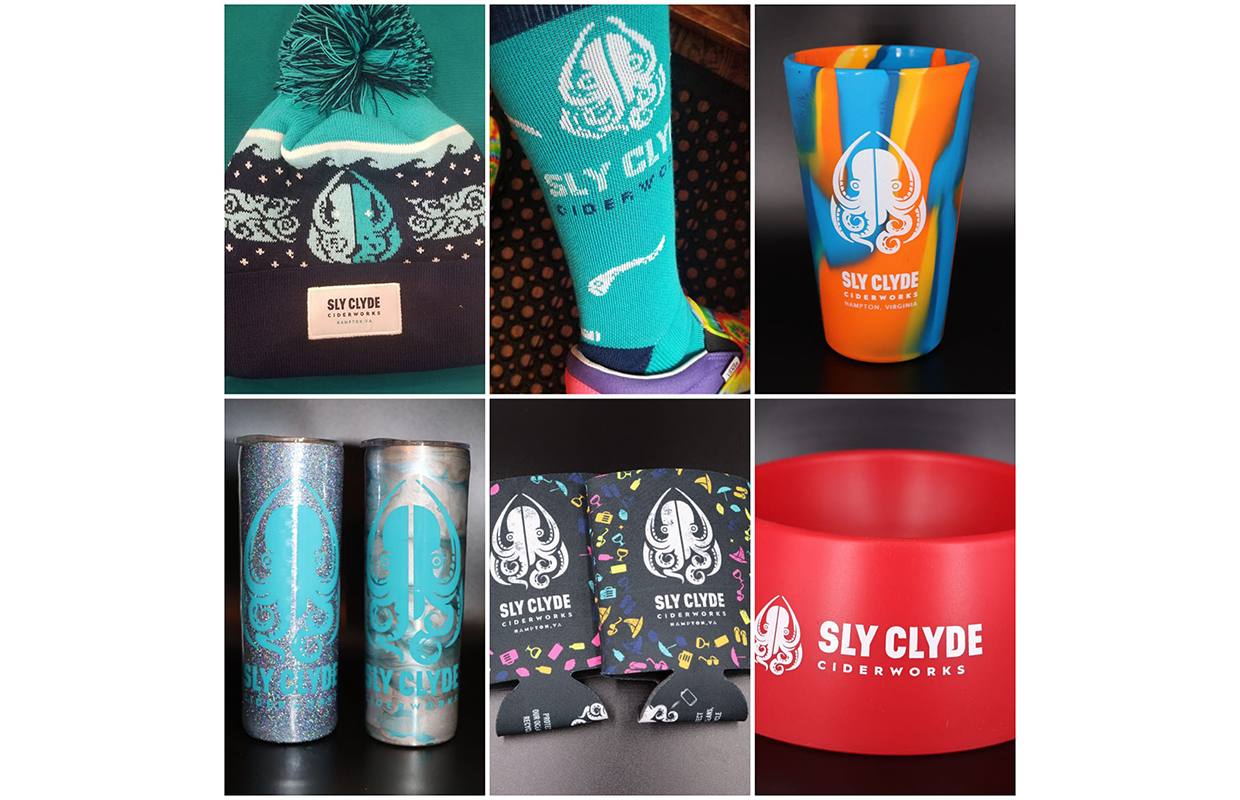
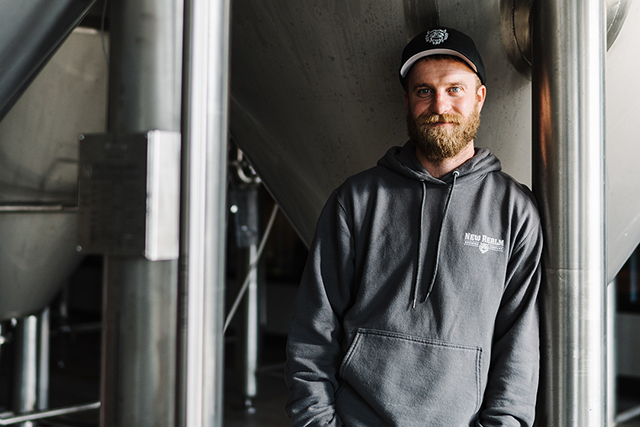
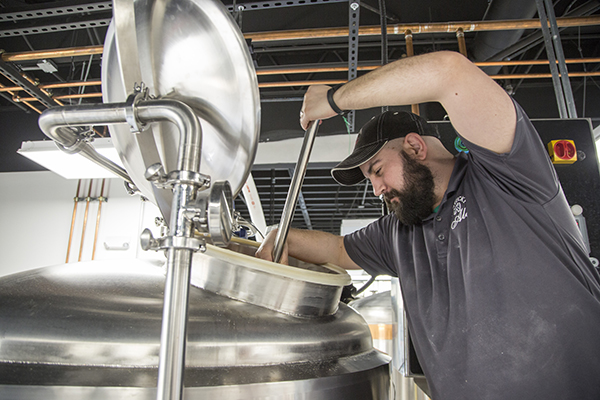
1 Trackback / Pingback